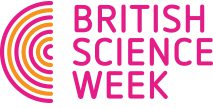Science Resources:
Tactile Universe

Making current astronomy research accessible to the blind and vision impaired community
The Tactile Universe is a public engagement project to open up astronomy and astrophysics to people with vision impairments. Watch our Q&A below with Professor Nic Bonne, a visually impaired astronomer who runs the Tactile Universe project at Portsmouth University. You can find out more and explore the resources here: tactileuniverse.org
About the Tactile Universe Workshops
The Tactile Universe is an award winning STFC funded public engagement project designed to open up astronomy and astrophysics to people with vision impairments. Developed by a team of astronomers and science communicators from the University of Portsmouth, the project is led by visually impaired astronomer Dr Nicolas Bonne. The project uses 3D printed tactile images of galaxies, alongside other tactile props, to teach students about space, and some of the exciting research being done by astronomers across the UK. To make their resources available to anybody who might want to use them, all of the 3D printable models, lesson plans, and instructional documents have been made available for free at www.tactileuniverse.org
To show young VI people that science is for everyone, the Tactile Universe team have developed two 1 hour lessons suitable for KS2 students, and a single 1 hour lesson suitable for KS3 and older students. These lessons work equally well with small groups of VI students (both totally blind and partially sighted) and larger mainstream classes which contain VI students. For the latter, we encourage all students, regardless of their level of vision, to work together, learning about space using the same materials.
The first KS2 workshop focuses on the sizes and scales in our solar system. Using everyday objects like peppercorns, tennis balls, ping pong balls and beach balls, students learn about each planet and compare their relative sizes. Next, students learn about the relative distances between the planets in the Solar System by building their own ‘to scale’ solar system using tactile stickers and a long strip of paper.
The second KS2 workshop builds on the concepts introduced in the first workshop to help students understand what makes up our own Milky Way galaxy and the trillions of other galaxies beyond it. To learn about the basic shapes that make up the Milky Way, students will build a spiral galaxy using a CD and play-doh. Next, using our 3D printed tactile galaxy images, students will learn about why scientists like to sort/categorise things to understand them, and what we can learn from sorting galaxies based on their various shapes.
The single workshop for KS3 students uses our 3D printed tactile galaxy images to dig deeper into what gives galaxies their unique shapes and colours, and what astronomers understand about the physical processes that can change a galaxy over the course of its lifetime.

Discovery never stops! Keep checking back and investigating as new activities are added. Stay up-to-date by following VICTA on social media.
#VICTAScienceFair

Thank you to the British Science Association for their support with our virtual science fair.
Visit the British Science Week website here: www.britishscienceweek.org







